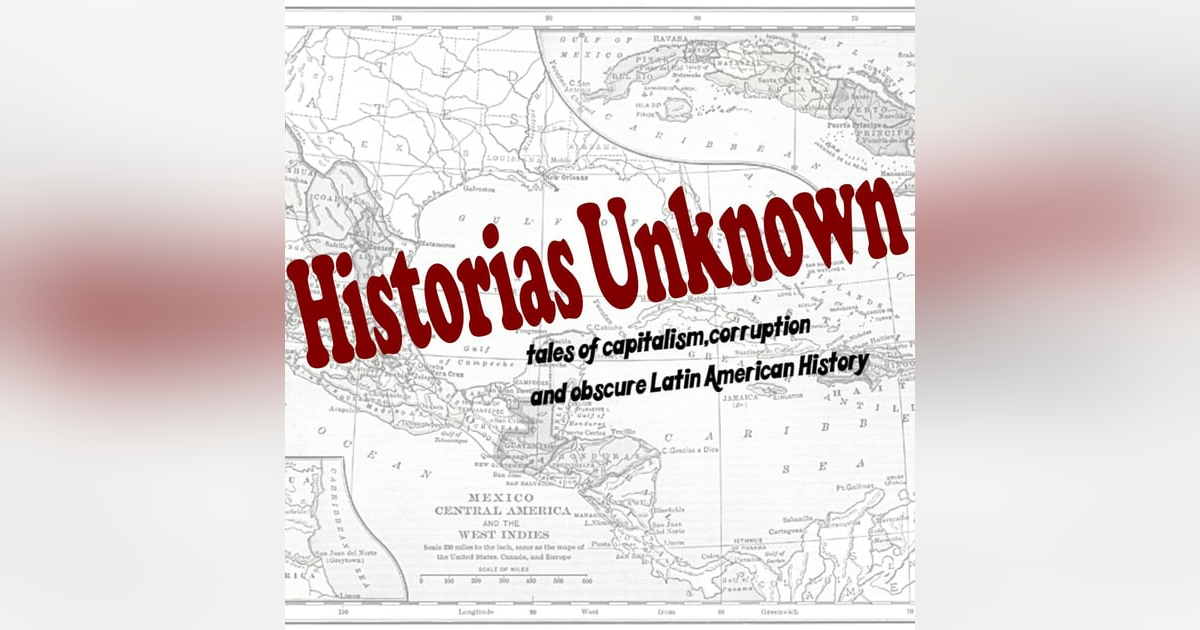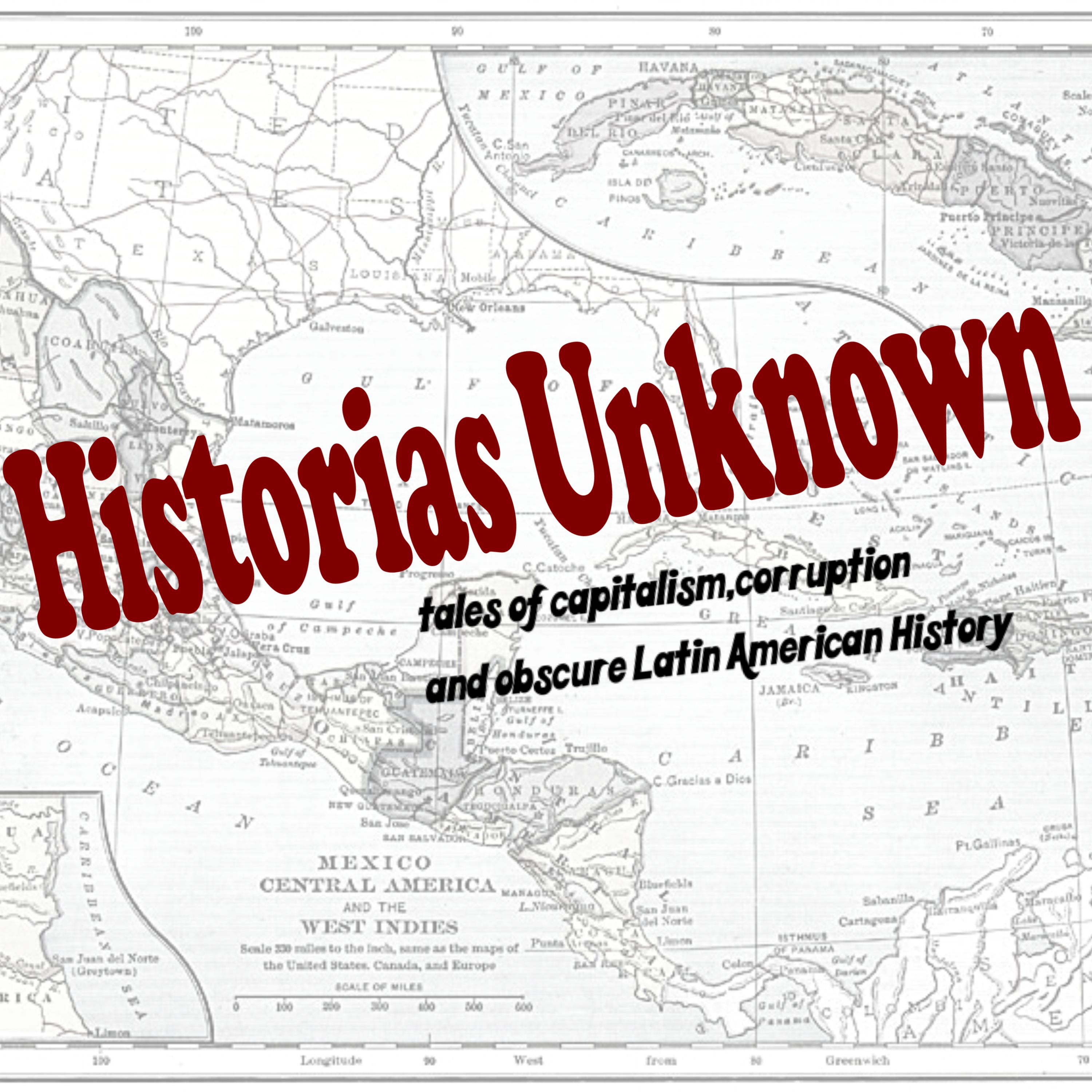The History of Coffee in Guatemala and El Salvador

Coffee has a long history in the Americas. Over 60 percent of the world’s coffee is supplied by Latin America and the majority from Brazil. How did it arrive in the Americas?
In 1720, a French Naval officer brought seedlings to Martinique, an island in the Caribbean. 50 years later, the sprouts flourished and there were 18,860 coffee trees on the island. This allowed for the spread of coffee to Saint-Domingue, what is now called Haiti, then other islands in the Caribbean, and then Mexico. By 1788, the Caribbean was supplying half of the world’s coffee. The French needed workers to farm all of this coffee and they relied heavily on enslaved Africans. The terrible working conditions of the coffee plantations were a major factor in what led to the Haitian revolution and this permanently affected the coffee industry. The cultivation of coffee really picked up by 1822 in Brazil, which became the largest producer of coffee by 1852 and remains that way today.
Guatemala
In the late 1800s, coffee harvest in Guatemala lacked both workers and land for large scale operations. The government forced indigenous people to work the land, after taking it from them to grow coffee. Coffee in Guatemala was grown in two regions, Boca Costa and Alta Verapaz. The outside investors, who did not care for indigenous people, this seemed like free and unclaimed land, but the indigenous communities, that lived in the higher regions surrounding Boca Costa, had been using these lands for seasonal crops, like peanuts, cotton and corn, for generations upon generations.
The government took these lands and left the indigenous people with only a tiny portion of what they used to own, ignoring their protests. In the beginning, Finca owners tried to get European immigrants to work these lands, but they often left for better opportunities in Brazil and Costa Rica. Indigenous workers did seasonal stints in these fincas, but did not want to work there, due to the treatment by finca owners. They got sick and brought these diseases back to their communities after the seasonal work was over, they endured bug bites, heat, physical and verbal abuse. Workers did not put up with these conditions at first. They could live off the little land the government left them with and exchanged for barter; they did not have many required taxes from the government.
It was then that coffee plantation owners urged the Guatemalan government to do something and they enacted a decree that would revive forced labor drafts and these were called “mandamientos”. Planters could then demand villages to send workers, but planters payed for the worker's travel, and work in advance and many times did not pay.
Mandamientos lasted until the end of WW1, due to the fall of the coffee bean and the end of the dictatorship of Manuel Estrada Cabrera. But indebted work began again in 1924. In 1934, indebted labor was officially ended, though exploitation continued. Forced labor was not abolished until the Guatemalan revolution in 1944 and then in 1952, during the revolution, President Arbenz passed decree 900, the most generous land reform in Latin America, that returned land to rural workers. Of course, this was not in the interest of the United States and their capitalist interests, and so in 1954, they overthrew the elected democratic president in favor of a dictator that benefited the united fruit company and rich coffee farmers.
El Salvador
Like their neighboring country, coffee became essential to the Salvadoran economy, but in El Salvador, thanks to coffee, 14 families became ultrarich, while the gap between the rich and the poor widened. These 14 families were made up of Spanish descendants, English and Italian immigrants. One British immigrant, James Hill, arrived in El Salvador in the late 1800s and just years later, he owned 18 coffee plantations and employed 5000 seasonal workers. Reforms in the late 1880s made it so that land that indigenous communities had previously used seasonally were taken away and essentially given (sold) to entrepreneurs looking into getting export crops, coffee, sugar and cotton, though coffee surpassed the other two as the main export of El Salvador. By 1928, coffee accounted for 90 percent of exports and employed a fifth of El Salvador’s population. Landowners employed mostly indigenous workers and largely exploited these workers. Business people told each other "you have to find land, claim it, clear it of trees and then find workers. These workers don't work as hard as you want them to, they only do the work they need to and not more, they are lazy and drunks and are only interested in money for alcohol."
It was customary for these coffee landowners to withhold food as a means to motivate workers and they went as far as to destroy domestic foods like Papaya and Avocados to decrease available food sources. This of course changed the course of agriculture in the country. When the price of coffee significantly dropped, during the great depression, the oligarchs stole more land from indigenous populations and cut pay in half (mind you, their pay was already extremely low). By 1930, workers were receiving 1 cent a day, along with two spoonful of beans and two tortillas, allowing plantation owners to profit. Tensions grew between the rural farm workers and the rich. Small and individual rebellions were occurring, but the plantation owners had connections with the military and successfully squashed these rebellions by having leaders (usually indigenous), sentenced to death, either by firing squad or hanging. Many leaders were convicted, as well as elected officials that collaborated with them, but the exact number is still unknown.
La Matanza
On Jan 22nd, 1932, thousands of Indigenous Pipil farmworkers armed themselves with sticks, machetes and poor quality shotguns and rebelled against the Hernandez-Martines regime. They were led by the communist party, including Agustin Farabundo Marti and others. They overtook haciendas, military barracks in Ahuachapan, Santa Tecla and Sonsonate and took control of Juayua, Nahuizalco, Izalco and Tlacopan. They killed no more than 100 people and the only confirmed deaths included 20 civilians and 30 soldiers. It’s believed by historians that the two uprisings occurred at the same time, but that indigenous pipils were not in “cahoots” with the communist party. In order to suppress the rebellion, the Salvadoran military was quickly organized and Canadian and United States Navy ships arrived, but their assistance was not needed. The chief of operations informed them that peace had been achieved and 4,800 bolsheviks were wiped out. These were not bolsheviks, these were indigenous Pipil people. Though the exact number is not confirmed, it is estimated that 72 hours after the rebellion, 25,000 people had been killed. 25,000 Pipil. Those that were not killed were arrested and sentenced to death. Anyone found with a machete, indigenous features or indigenous clothing was found guilty.
Any male over 12 years old was fair game for the killings during "La Matanza". The killings then became genocide. One Plantation owner told his employees to come to the plantation and they would receive identification cards. The identification cards would identify them as indigenous but he did not tell the people that when they arrived they would all be slaughtered and about 500 of his workers were killed, right there, on the coffee plantation.
People were forced to dig mass graves and then were shot and thrown in. This led to the genocide of Pipil speaking people in El Salvador. The majority were killed and those that survived had to abandon their traditions in order to avoid death and persecution. By the end of it, 10,000 and 40,000 indigenous coffee workers had been killed. It wasn’t until 2010 that the Salvadoran government acknowledged and apologized for this genocide. This rebellion and coffee directly contributed to the factors that led to the Salvadoran civil war. All this, to keep the oligarchs happy, stop communism and keep capitalism going.
Sources
Coffeeland
One Man's Dark Empire and the Making of Our Favorite Drug By Augustine Sedgewick · 2020
https://fairworldproject.org/starbucks-has-a-slave-labor-problem/
https://en.wikipedia.org/wiki/Decree_900\
https://en.wikipedia.org/wiki/History_of_coffee#Americas
https://en.wikipedia.org/wiki/La_Matanza
https://www.spectator.co.uk/article/would-you-kill-for-a-cup-of-coffee











